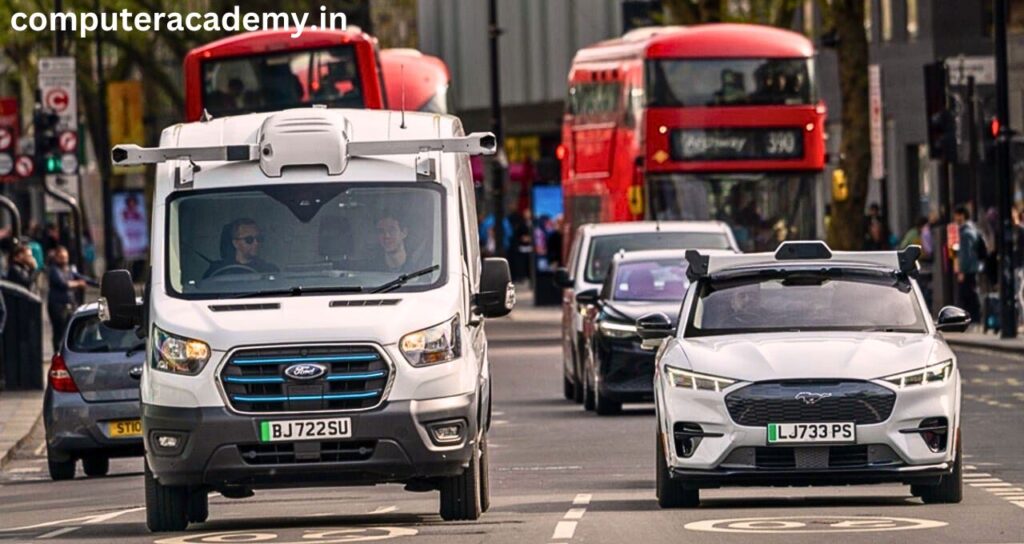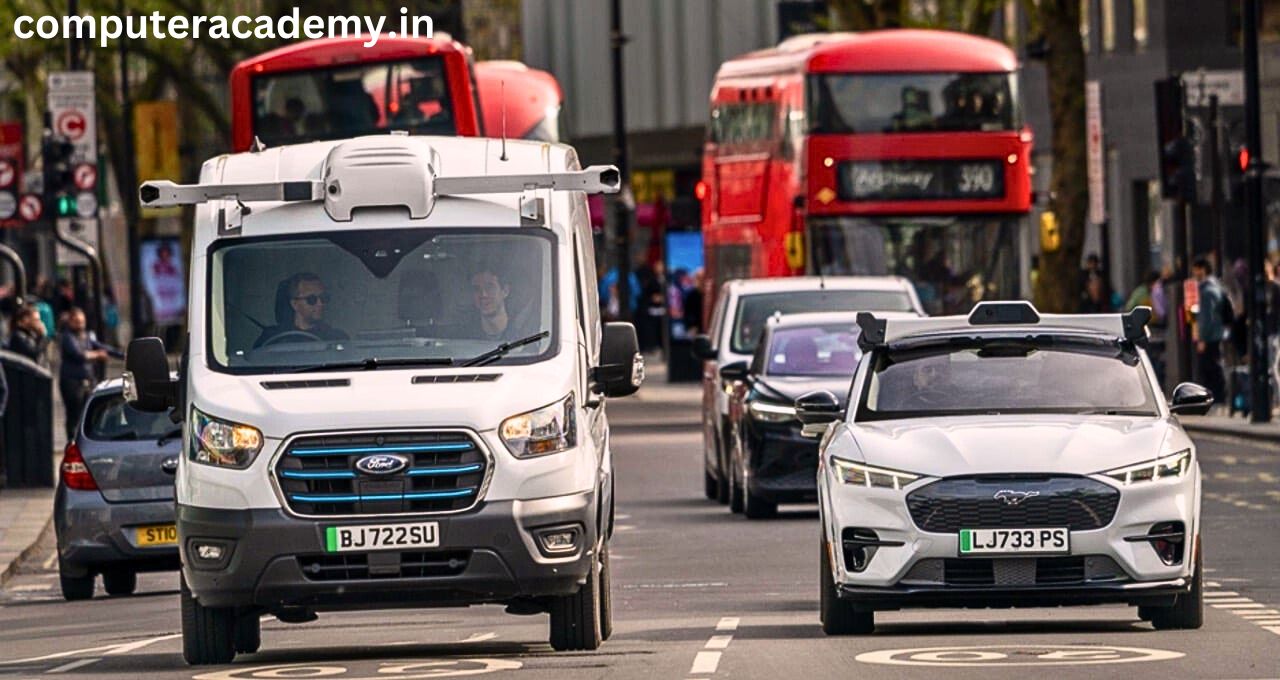1. Introduction to AV 2.0: The Next Generation of Autonomous Vehicle Technology

Autonomous Vehicles with Generative AI of AV 2.0, marking a new era in autonomous vehicle (AV) technology. This phase is characterized by large, unified, end-to-end AI models capable of managing various aspects of the vehicle stack, including perception, planning, and control. Unlike the first generation (AV 1.0), which focused on refining perception capabilities through multiple deep neural networks, AV 2.0 integrates comprehensive in-vehicle intelligence, allowing vehicles to make decisions in dynamic, real-world environments.
2. Wayve: Pioneering the Future of Autonomous Driving
Key Technologies and Hardware:
| Technology | Platform/Hardware | Description |
|---|---|---|
| Autonomous Driving | NVIDIA DRIVE Orin | AI platform for AVs |
| AI Model Training | NVIDIA GPUs | Training of billion-parameter models on petabytes of data |
| Generative AI Workloads | NVIDIA DRIVE Thor | Next-gen platform with NVIDIA Blackwell GPU architecture |
3. The Role of Generative AI in Autonomous Vehicle Development
Generative AI is essential in Wayve’s development process, particularly in generating synthetic data. This data enables AV makers to use a model’s previous experiences to create and simulate novel driving scenarios. By integrating AI into vehicles, Wayve enhances how they respond to and learn from human behavior, thus improving safety and advancing toward higher levels of automation.
Generative AI Applications in Wayve’s Technology:
| Application | Function | Outcome |
|---|---|---|
| Synthetic Data Generation | Simulation of novel driving scenarios | Improved training and safety |
| Embodied AI | Integration of AI in vehicles and robots | Enhanced interaction and learning |
| GAIA-1 Model | Generative AI model for realistic driving videos | Realistic simulations |
| LINGO-2 Model | Links vision, language, and action inputs | Enhanced driving behavior explanation and decision-making |
4. Wayve’s Embodied AI: Transforming Autonomous Driving
As part of its commitment to embodied AI, Wayve is developing a suite of technologies that integrate advanced AI into vehicles. These technologies are designed to transform how vehicles respond to human behavior, enhancing both safety and automation. Wayve’s core AI model is advancing rapidly, and the company recently announced a Series C investment round, which includes participation from NVIDIA. This investment will support the development and launch of the first embodied AI products for production vehicles.
Investment and Development:
| Investment Round | Participants | Purpose |
|---|---|---|
| Series C | NVIDIA and others | Development of embodied AI products for production vehicles |
5. GAIA-1 and LINGO-2: Pioneering AI Models for Autonomous Driving
Wayve’s development of GAIA-1 and LINGO-2 marks a significant advancement in the field of autonomous driving. GAIA-1 is a generative AI model that creates realistic driving videos using video, text, and action inputs. LINGO-2, on the other hand, is a driving model that links vision, language, and action inputs to explain and determine driving behavior.
Key Models Developed by Wayve:
| Model Name | Function | Impact |
|---|---|---|
| GAIA-1 | Generative AI model for creating driving videos | Realistic simulation of driving scenarios |
| LINGO-2 | Links vision, language, and action for driving | Enhanced understanding and decision-making in driving |
6. Conclusion: The Future of Autonomous Vehicles with AV 2.0
AV 2.0 represents a significant leap forward in the development of autonomous vehicles, with companies like Wayve leading the charge. By integrating generative AI and embodied AI into their technology stack, Wayve is pushing the boundaries of what autonomous vehicles can achieve, moving closer to the realization of fully autonomous, L5-capable vehicles.
Outlook:
| Technology | Future Potential | Timeline |
|---|---|---|
| AV 2.0 | Full autonomy (L5) in real-world environments | Near future |
| Embodied AI | Enhanced safety and interaction in vehicles | Ongoing development |

